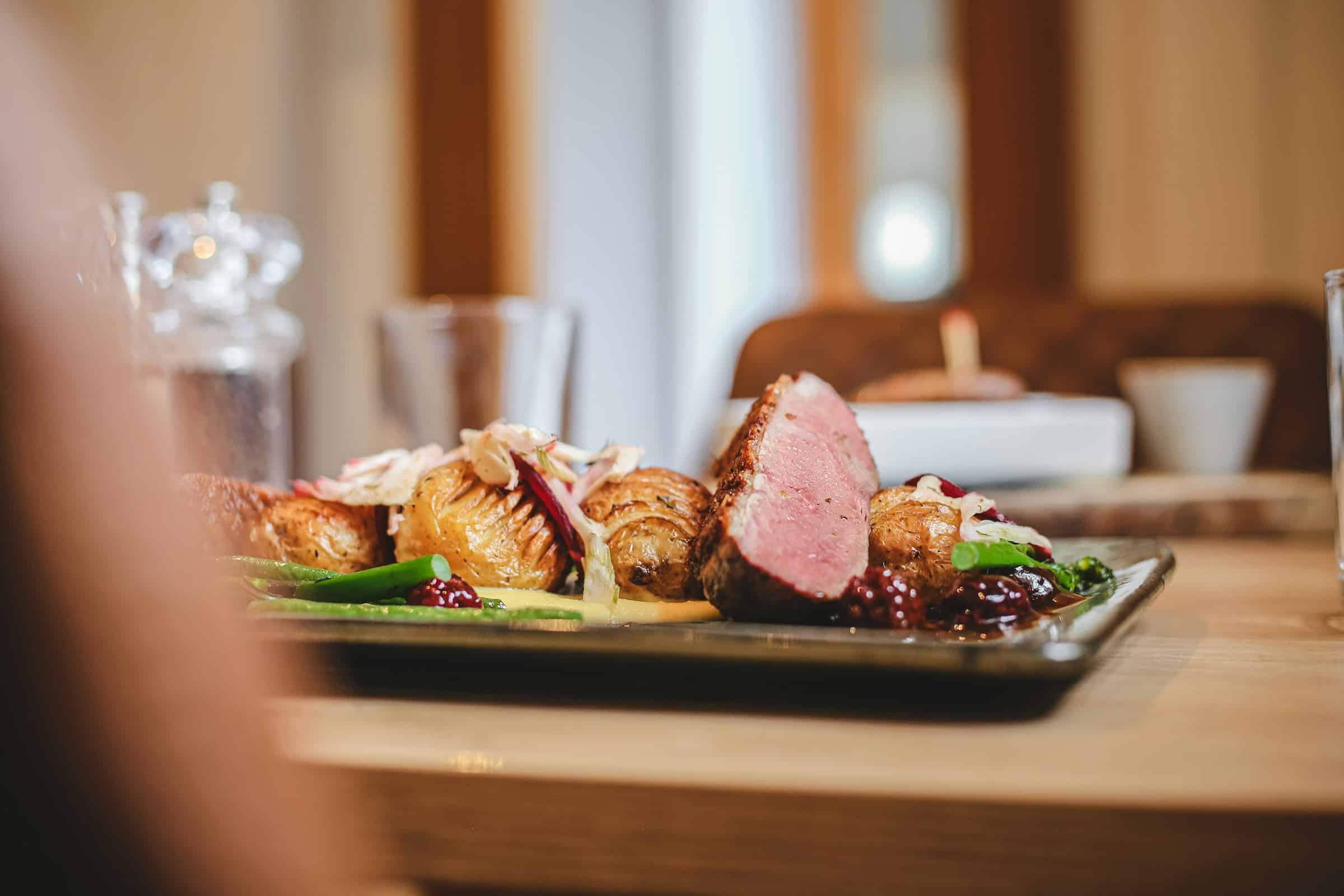What’s the Key to a Succulent Duck Breast with a Honey-Balsamic Glaze?

Nothing screams elegance like a perfectly cooked duck breast with a honey-balsamic glaze. This classic dish pairs the rich, gamey flavour of duck with the sweet sharpness of honey and balsamic, resulting in a culinary experience that’s simply unforgettable. The key lies in the proper preparation and cooking of the duck, allowing its natural flavours to shine through while the sauce provides a delightful counterpoint. And here’s how you can achieve this.
The Importance of Quality Ingredients
When it comes to cooking, the quality of your ingredients can make or break your dish. This is especially true for a dish like this, where the flavour of the duck takes centre stage. Let’s delve into what you need to consider when selecting your ingredients.
In parallel : How Can You Bake a Delicate Matcha Green Tea Chiffon Cake?
Duck Breasts
Look for duck breasts that are fresh and free from bruises or discolouration. The skin should be a healthy-looking yellow or white, not grey or green. Remember, the better the quality of your duck, the better your final dish will be.
Honey and Balsamic Vinegar
As for the honey, opt for a variety that brings out the best in your duck. Orange blossom honey, for instance, pairs well with the gamey flavour of the duck. When it comes to balsamic vinegar, opt for a high-quality aged variety with a good balance of sweetness and acidity.
In parallel : How to Make an Authentic Spanish Paella with Chicken and Seafood?
Preparing Your Duck Breast for Cooking
Proper preparation is essential when it comes to cooking duck breast. Here is a step-by-step guide to getting your duck ready for the pan.
Removing Excess Fat
The first step in preparing your duck breast is to trim off any excess fat. This not only helps the duck cook more evenly but also allows for a crispier skin. Be careful not to remove too much fat, though, as a thin layer of fat helps keep the meat moist during cooking.
Scoring the Skin
Next, you’ll want to score the skin. This not only helps render out the fat but also allows the seasoning to penetrate deeper into the meat. The key here is to make shallow cuts that just go through the skin and fat layer, without piercing the meat.
Seasoning the Duck
Finally, season your duck breasts with salt and pepper. This helps bring out the natural flavour of the duck and enhances the taste of your dish.
The Art of Cooking Duck Breast
Now that your duck breasts are ready to go, it’s time to cook them to perfection. This section will guide you through the process of cooking your duck breasts.
Pan-Roasting the Duck
Start by placing the duck breasts skin-side down in a cold pan. Turn the heat to medium and slowly render out the fat. This process should take about 15 to 20 minutes. Once the skin is crispy and brown, flip the breasts over and cook for another 5 to 10 minutes, depending on how you like your duck cooked.
Resting the Meat
After your duck breasts are cooked, it’s important to let them rest for a few minutes. This allows the juices to redistribute throughout the meat, resulting in a moister and more flavourful dish.
Creating a Honey-Balsamic Glaze
While your duck is resting, it’s the perfect time to make your honey-balsamic glaze. This sweet and tangy sauce adds a delicious complexity to the rich flavour of the duck.
Preparing the Glaze
In the same pan you used to cook your duck, add your honey and balsamic vinegar. Cook over medium heat until the mixture reduces to a glaze-like consistency. Be sure to stir frequently to prevent the glaze from burning.
Coating the Duck
Once your glaze is ready, gently coat your rested duck breasts in it. Be sure to cover all sides for maximum flavour.
Through careful selection and preparation of quality ingredients, the right cooking techniques, and a delectable honey-balsamic glaze, you can master the art of cooking duck breast. Remember, the goal here is to enhance the natural flavours of the duck, not overpower them with the sauce. So go ahead, serve this elegant dish at your next dinner party and watch as your guests savour every bite.
Picking the Perfect Accompaniments
To elevate your roast duck to a gourmet level, selecting the right accompaniments is crucial. Complementary flavours and textures will enhance the star of your dish – the succulent duck breast.
Choosing the Right Side Dish
The rich gamey taste of the duck, combined with the sweet, tangy honey-balsamic glaze, begs for a side dish that can bring balance. Consider a side of fluffy, buttery mashed potatoes to soak up your delicious glaze, or perhaps some fresh steamed green beans for a touch of earthiness and a pleasing crunch. The mild flavours of these sides will not overpower your duck, but rather act as a pleasant palate cleanser.
Picking a Wine Pairing
The right wine can elevate your roast duck to exciting new heights. A medium-bodied red wine, such as a Pinot Noir, pairs well with duck. The cherry and raspberry notes of the Pinot Noir can stand up to the richness of the duck fat and will complement the sweetness of the honey-balsamic glaze. Alternatively, a fruity white, like a Riesling, can match the sweet and savoury flavours of the dish while refreshing your palate with its crispness.
Finishing Touches
Consider a garnish of fresh orange slices or a drizzle of orange sauce to bring a fresh, citrusy note to your dish, providing a beautiful contrast to the rich duck. The brightness of the orange pairs well with the honey-balsamic glaze and can cut through the richness of the duck fat, creating a well-rounded and balanced plate.
Wrapping Up: The Perfect Duck Breast with Honey-Balsamic Glaze
Mastering the art of cooking a succulent duck breast with a tantalising honey-balsamic glaze isn’t an impossible task. By choosing high-quality ingredients and using proper preparation and cooking techniques, you can create a restaurant-worthy dish in your own kitchen.
Remember to score the skin to get that desirable crispy skin, but avoid piercing the meat. Start with a cold pan to slowly render the duck fat, creating a moist, flavourful roast duck. After cooking, let the breast rest to allow the juices to redistribute and enhance the taste further.
While creating your honey-balsamic glaze, remember to stir frequently to avoid burning. Coat your rested duck breasts thoroughly in the glaze for maximum flavour.
And lastly, perfectly pair your masterpiece with a suitable side dish and wine, and perhaps a touch of citrus to balance the richness.
Now, it’s time for you to put these steps into practice. Enjoy the process and savour every bite of your succulent duck breast with a honey-balsamic glaze, knowing that you have mastered this classic dish. Bon appétit!
